Aquarium Lighting
Lighting is all about ecology.

Lighting is all about ecology.
The underwater world in nature has many beautiful scenes. For example, colorful corals on the bottom of the sea swaying with the water, fishes swimming through the coral reefs, or water plants growing in layers to form an underwater forest.
Now people are starting to bring these things into their homes, in the form of aquariums.
However, when animals and plants are separated from the natural environment and grow in a smaller aquarium space, people have to spend a lot of time to maintain their healthy growth and ecological cycle, and lighting is one of the important factors. Whether it's Small Polyp Stony Corals (SPS), Large Polyp Stony Corals (LPS) or freshwater plants, lighting is the main source of their energy.
If the aquarium in your home is placed next to the window the aquarium could receive some of sunlight, but the amount of sunlight coming in through the window is limited. As time goes by, the angle of solar irradiation changes, sunlight cannot shine through the window to the aquarium, so the animals and plants in the aquarium will not receive sunlight for long enough. On the other hand, because the aquarium is a relatively closed space, the direct sunlight is very easy to produce excessive algae in the aquarium which will make the water turbid, harming to the ecological balance of the aquarium system.
According to all above, the artificial lighting is necessary for indoor aquariums.
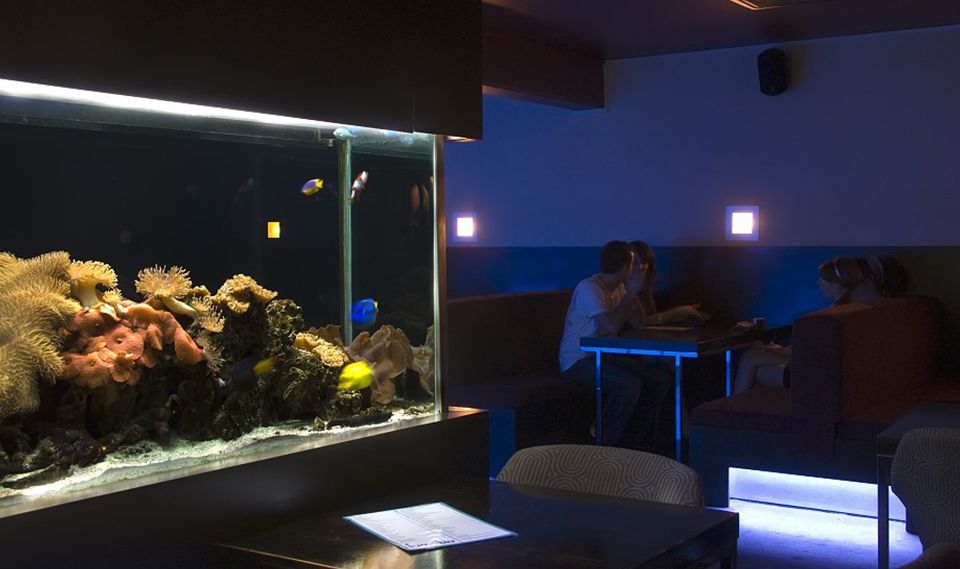

Sunlight is white color to human’s eyes. Plants in nature are growing well under the sunlight since ancient times. Therefore, we have a consensus that the sunlight must be the best light source for plant growth. The sun can radiate a uniform amount of energy at all wavelengths, including infrared and ultraviolet. An artificial light composed of red, green and blue also looks to be white color to human’s eye.
However, when we look at the spectrum, we will find that the energy provided by the artificial light is only generated at red, green and blue.
Plants rely on the light energy to grow. A light with a specific wavelength characteristics will be absorbed to help the photosynthesis, and then convert to energy to growth chemical action. That is to say, the quality of the lighting will be truly reflected in the growth status of the plant.
An artificial light with full spectrum like sunlight can provide “any type of energy” to the plants for growth. The plants can’t healthily grow under an artificial light source composed of red, green and blue because of too much energy gap.
As we discussed in our blog, not all light is useful for plant growth. Different plants at different growth stage need different of light. In order to provide the best growth formula for plants, the tunable spectrum will be the best solution.
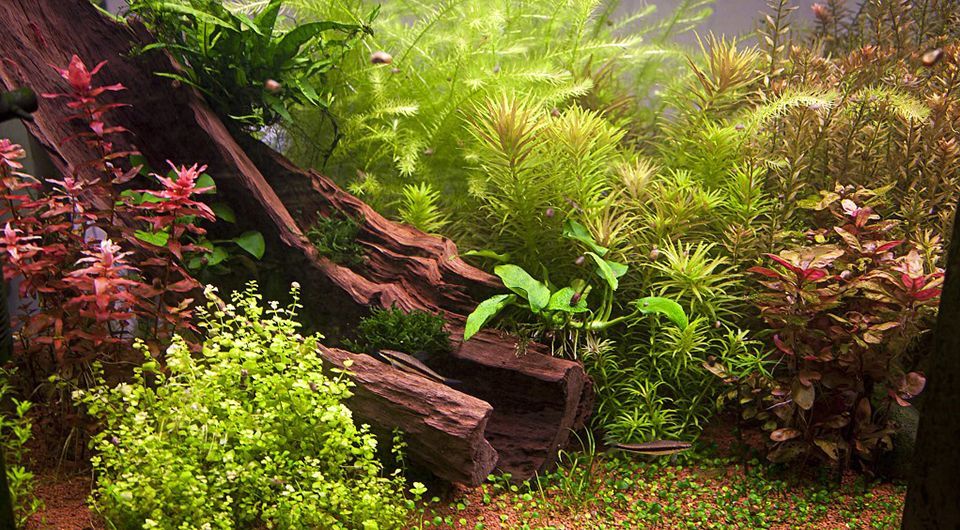
Chlorophyll is the most important pigment for photosynthesis in aquatic plants, absorbing red and blue light. Carotenoids are accessory pigments for photosynthesis, absorbing blue light and some green light. Most of the green light is reflected by the leaves, so the most of aquatic plants appear green.
However, that does not mean that the green light is unnecessary. Studies have shown that green light plays a more important role in carbon fixation in the lower part of the leaf than red and blue light, so green light is also necessary in aquatic lighting.
Photosynthetic active radiation (PAR) means that the radiation from the spectral range from 400 nm to 700 nm is useful for photosynthesis.
Red aquatic plants in freshwater aquariums add color to the landscape. Intense light is needed to keep the plants red. Red aquatic plants appear red because the anthocyanins in their cells are colored. Anthocyanin is also an accessory pigment that absorbs excess light energy to protect other organelles, especially DNA, from sun damage. Therefore, providing strong light is an important condition to keep anthocyanin active.
To sum everything up, white light with balanced energy supply in the range of 400-700nm within PAR is an appropriate choice for Aquarium lighting, and strong light is necessary for red aquatic plants.
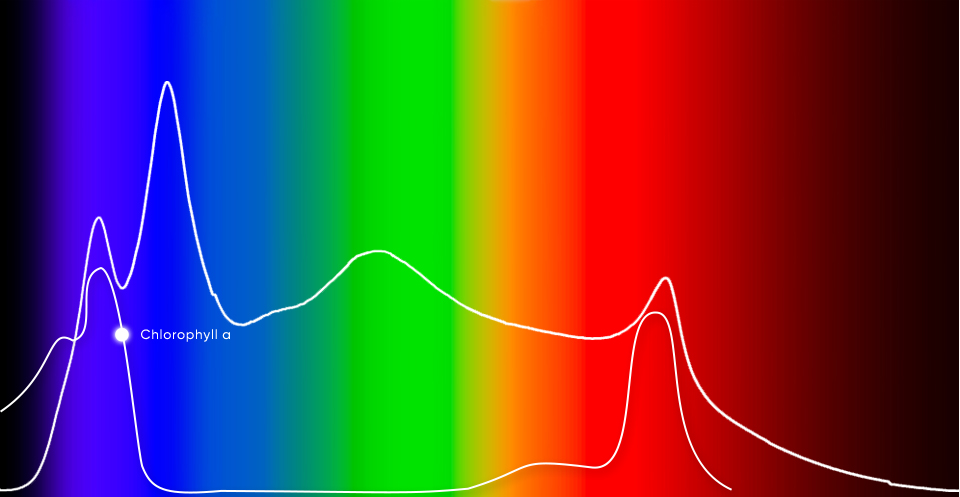
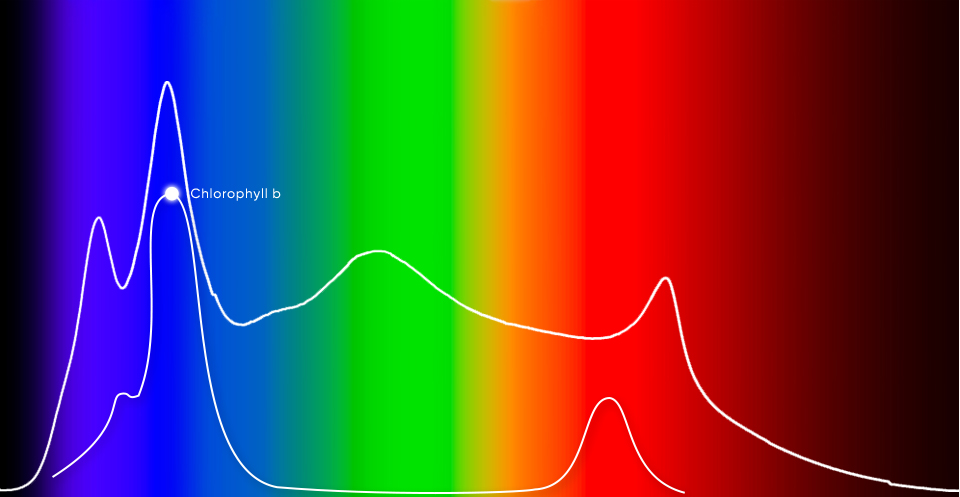

The photosynthesis of corals is mainly dependent on zooxanthella, which is symbiotic with coral polyps.
Coral lives on coral reefs at the bottom of shallow seas. When sunlight penetrates the water and reaches a coral reef, it is mostly blue-violet and ultraviolet light, while red light is mostly damped. Zooxanthella, which grows in this environment, is better at using blue light for photosynthesis, which provides the daily growth needs of corals.
In addition, corals can also emit beautiful fluorescence because the fluorescent proteins in coral can absorb ultraviolet light and convert it to another color. Fluorescent proteins are designed to protect corals from too much ultraviolet light (UV). If there were no UV light illuminate onto coral, the fluorescent protein will lose its function and will be gradually decomposed by the coral, thus making the coral lose the ability to emit fluorescence permanently. Therefore, in the aquarium, the appropriate ultraviolet (UV) irradiation, can stimulate the coral fluorescence protein, so that the coral reef to maintain the colorful fluorescence.
However, pure blue environment results in very low color rendering. The coral and fishes will be shown more colorful if some white light can be added.

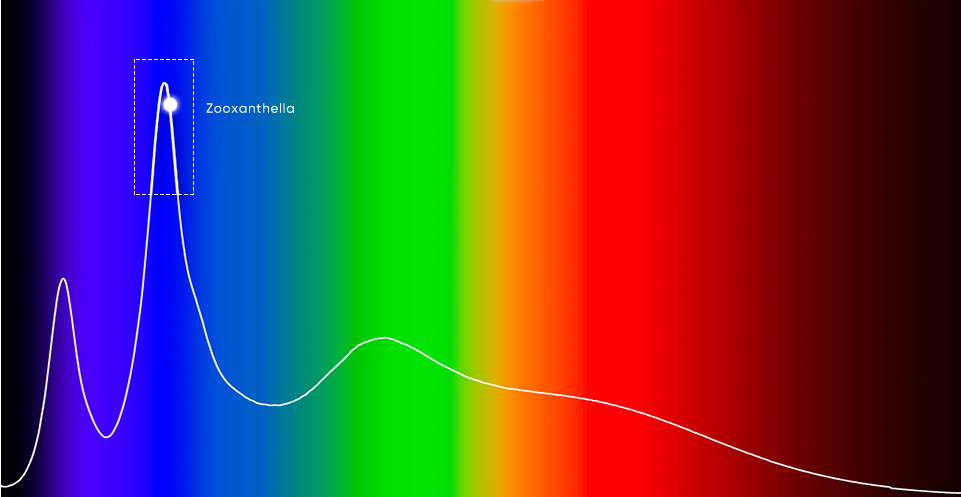
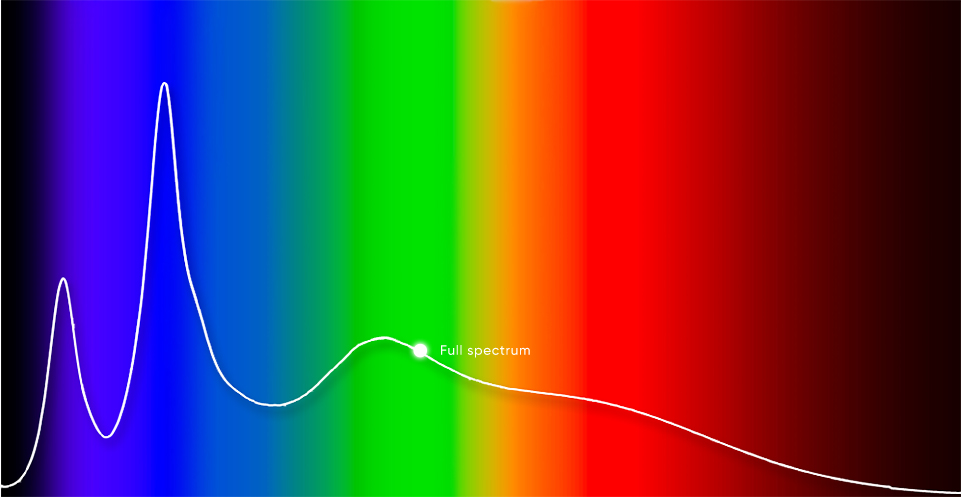
High color rendering index (CRI) of the lighting condition is also important for aquarium lighting.
CRI is a parameter used to evaluate quality of the artificial light comparing to the sunlight. The ideal CRI value is 100. The closer for CRI to 100 the better light is.
Meanwhile, High CRI lighting conditions allow aquatic plants, SPS, LPS and fish to appear more natural and beautiful. It also helps us to accurately observe the growth status, to check diseases timely.
YUJILEDS provides up to 98 CRI LED solution, close to the daylight spectrum, restoring the most accurate natural colors of fish, aquatic plants, SPS and LPS.
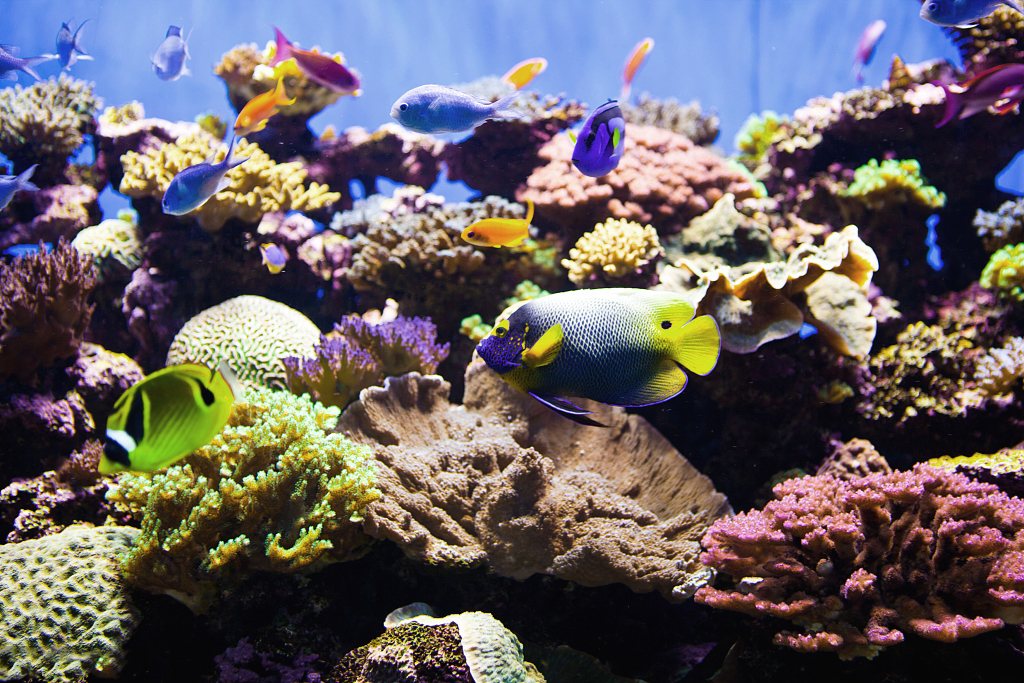
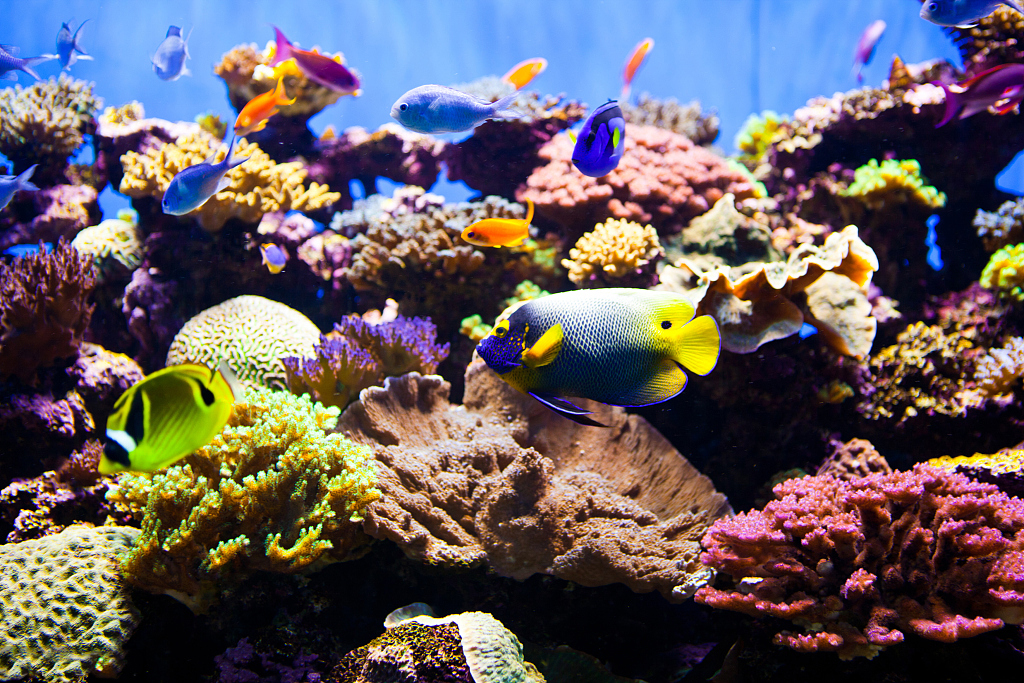
Customized spectral solutions to provide targeted lighting for aquatic plants and coral reef.
Full options of different LED chips, tailored to the specific spectrum of biological needs, including ultraviolet and infrared.
Full spectrum base with high CRI LED to render the most natural appearance of the creatures and landscape in the aquarium.
With wide CCT options, YUJILEDS offers all feasible colors for photography applications including customization demand.
Tunable spectrum service which can provide the appropriate lighting recipes for plants at different growth periods.
Efficiency optimization proposals to get more light energy with less electricity.
Copyright © 2025 Beijing Yuji International Co., Ltd.